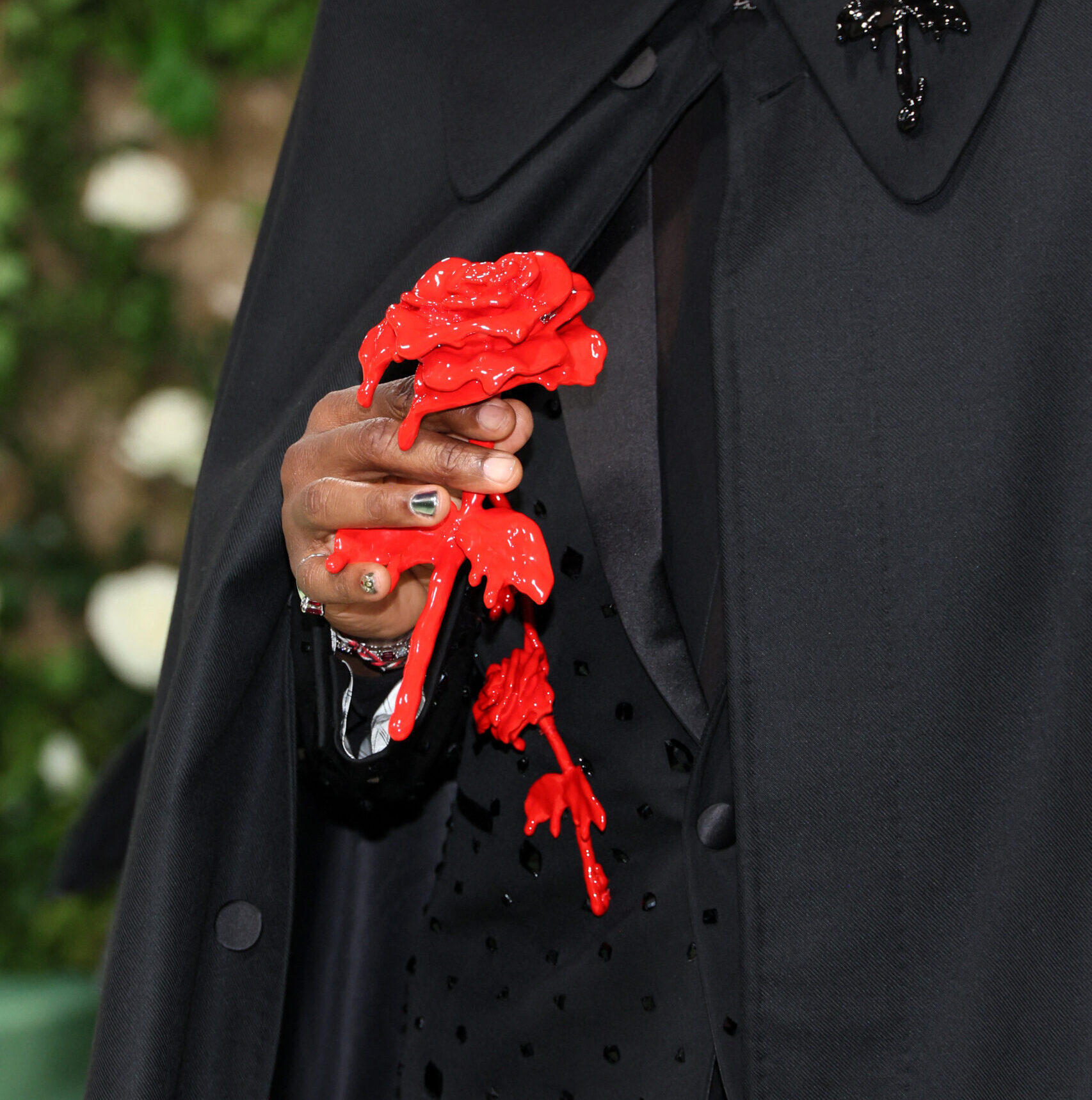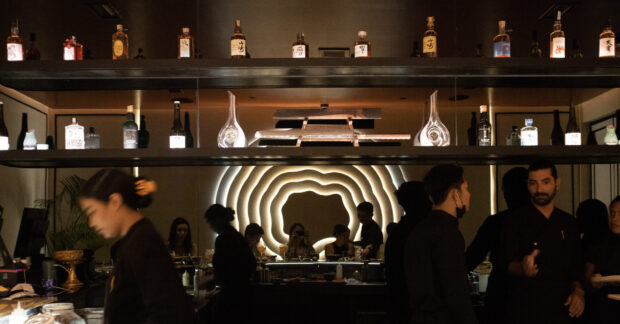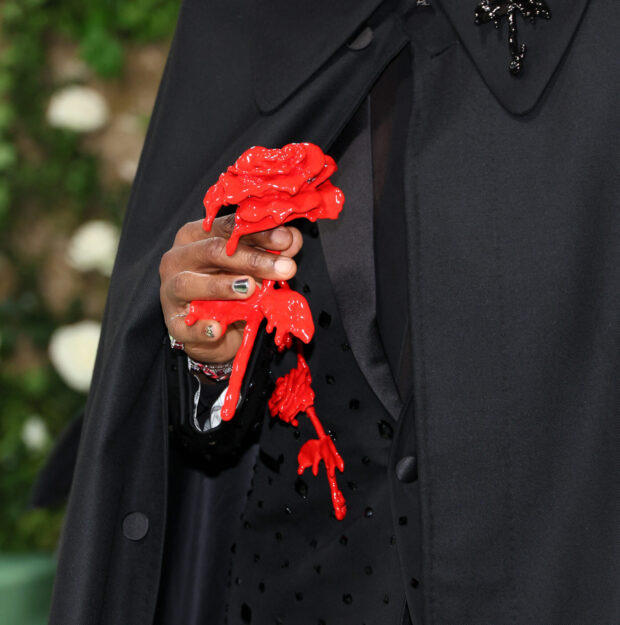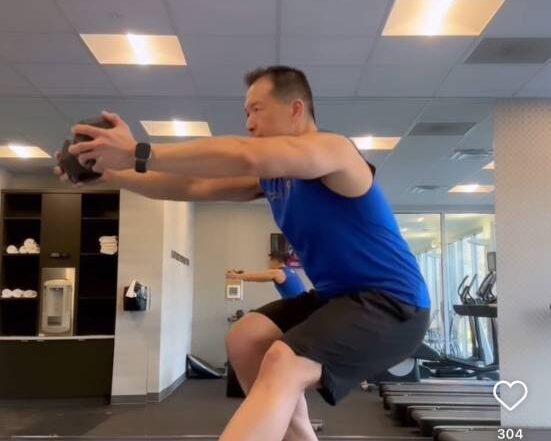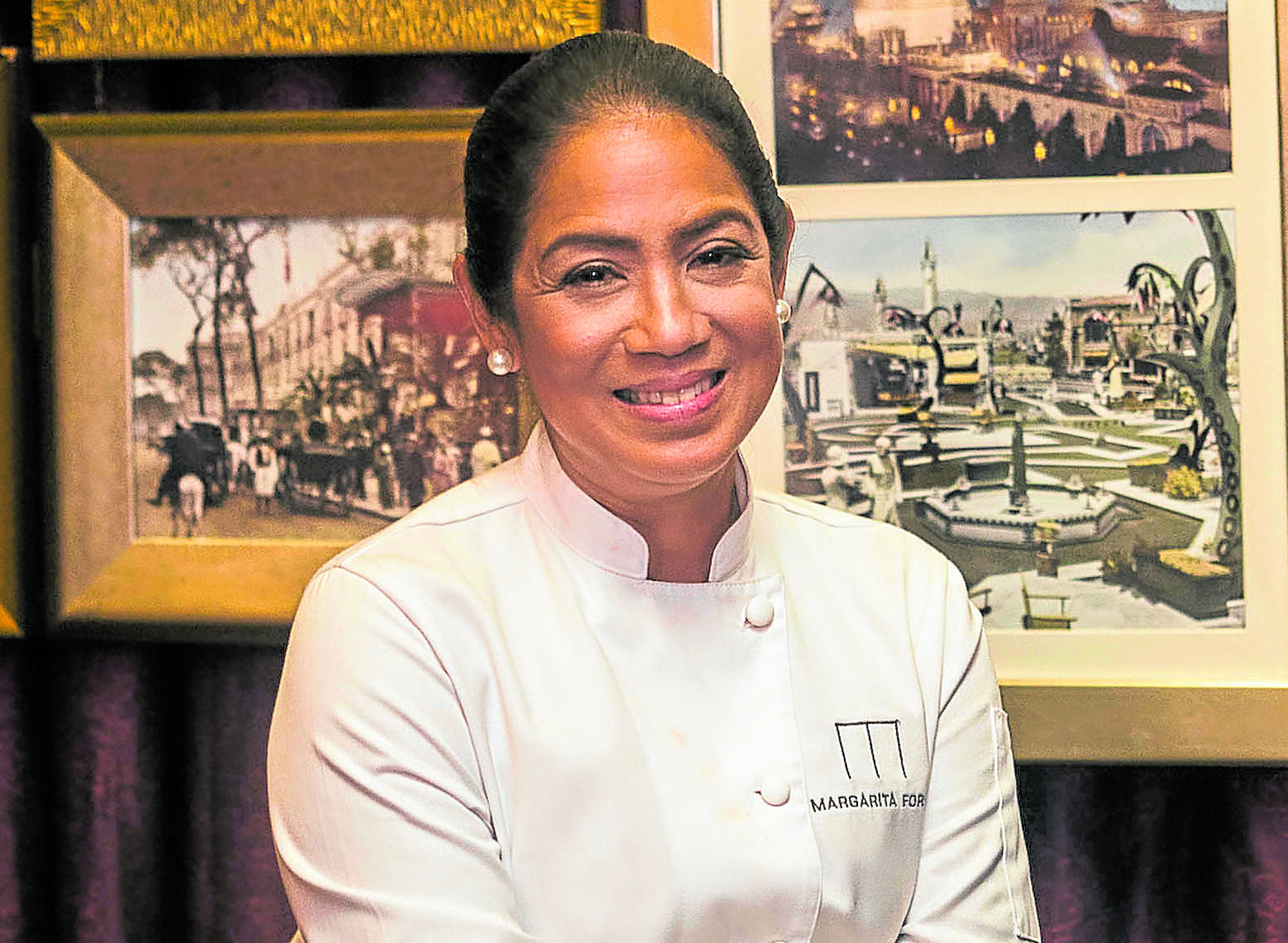
One of the things people look forward to once the quarantine is lifted is to dine out again, to be waited on or served. It could be as simple as burgers and fries in a fast-food chain, or as elaborate as multicourse meal in a favorite restaurant.
Before any of that can happen, however, sweeping changes must be made by both restaurant owners and customers.
Gone are the days when big groups could commandeer multiple tables. In Hong Kong last week, a party of four was turned away at the door because the restaurant now only allowed a maximum of three per table. Diners will also be doubly wary about how the staff and their fellow diners conduct themselves.
In the online panel discussion, “The Future of Food: What’s our Game Plan?” organized by Asian Culinary Exchange, Metro Style and Metro Channel last week, restaurant owners Eric Dee and Margarita Fores talked about their plans to move forward post-COVID-19.
Dee, CEO of Foodee Global Concepts (Mesa, Sunnies Café, Hawker Chan, Tim Ho Wan), said his firm had to close down 200 doors, a mix of fast-food and casual restaurants.
“We’re experiencing unprecedented things so we had to react with unprecedented measures,” Dee said. It recently opened two stores to test out its new operational procedures. “Opening a store is easy. I think installing the new procedures and protocols is the difficult part.”
Instead of simply getting the food from point A to point B, Dee said there are now more steps involved. “It’s a total reinvention of what we’ve been doing. We have to sanitize the food, identify all touch points.
“We’re used to entertaining—F&B is about service. It’s about that communication between the restaurant and the consumer. I miss being in the restaurant, I miss that service, I miss sitting down, I miss being entertained.”
Dee described the restaurant industry post-COVID-19 as “a different business altogether” that entails menu optimization and delivery optimization. “We have to change our menus … because not everything delivers well.”
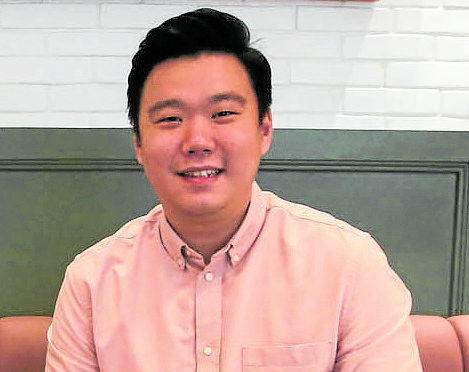
Fine tuning
Fores of Cibo di M Signature Caterer (Cibo, Lusso, Grace Park) said that before quarantine, she had 16 Cibo branches. Five have since reopened but are limited to delivery and takeaway. “As everyone knows, Italian food doesn’t travel well; you should eat it immediately after it’s prepared,” she said.
Aside from fine-tuning how to package efficiently the food for delivery, they had a hard time getting staff to report for work. “I think the biggest challenge initially was getting them to come in because there was no public transport available. The knee-jerk reaction was to go for third-party delivery services to get our food out.”
Fores soon realized that the front-of-house staff had nothing to do, but were willing to do deliveries. “I guess for all of us, the only way we can generate sales and still keep the business thriving is to just do delivery and pickup.”
She has since converted her entire catering business to large format takeaway and delivery. “We want to see where the catering industry is headed because people are not going to want to get together,” she said.
Health declaration
Fores might have a point, but in a New York Times article, “Safe dining? Hard to imagine, but many restaurants are trying” (April 26), writer Kim Severson pointed out: “The first step in the long crawl back will be setting standards to protect workers and diners.”
The article mentioned that Syed Asim Hussain, cofounder of Black Sheep Restaurants in Hong Kong (Belon, New Punjab Club), had even come out with a 17-page playbook. It’s one that serious restaurateurs should take a look at—and maybe crib a few tips from.
Guests at Black Sheep restaurants now have to sign a health declaration form before entering. If they refuse to sign, staff can turn them away. Hussain said they had to turn away over 50 guests in one night.
“They may be upset … but it is absolutely the right thing to do to protect your team and your guests. It feels uncomfortable because we are in the business of hospitality, but we have to understand the new world we exist in,” he wrote.
In their restaurants, they only set every other table to give guests more space to physically distance themselves from each other. “We are looking at more long-term changes to the floor plans, and will remove tables. We believe physical distancing will be part of the ‘new normal’ for the foreseeable future,” he said.
Hussain added that they provide small paper bags for guests to store their masks in during the meal (an envelope also works), adding, “You can never have too many wipes or hand sanitizers available, ideally something on every table.”
These are just some points restaurant owners and guests will have to consider in the aftermath of this pandemic.

